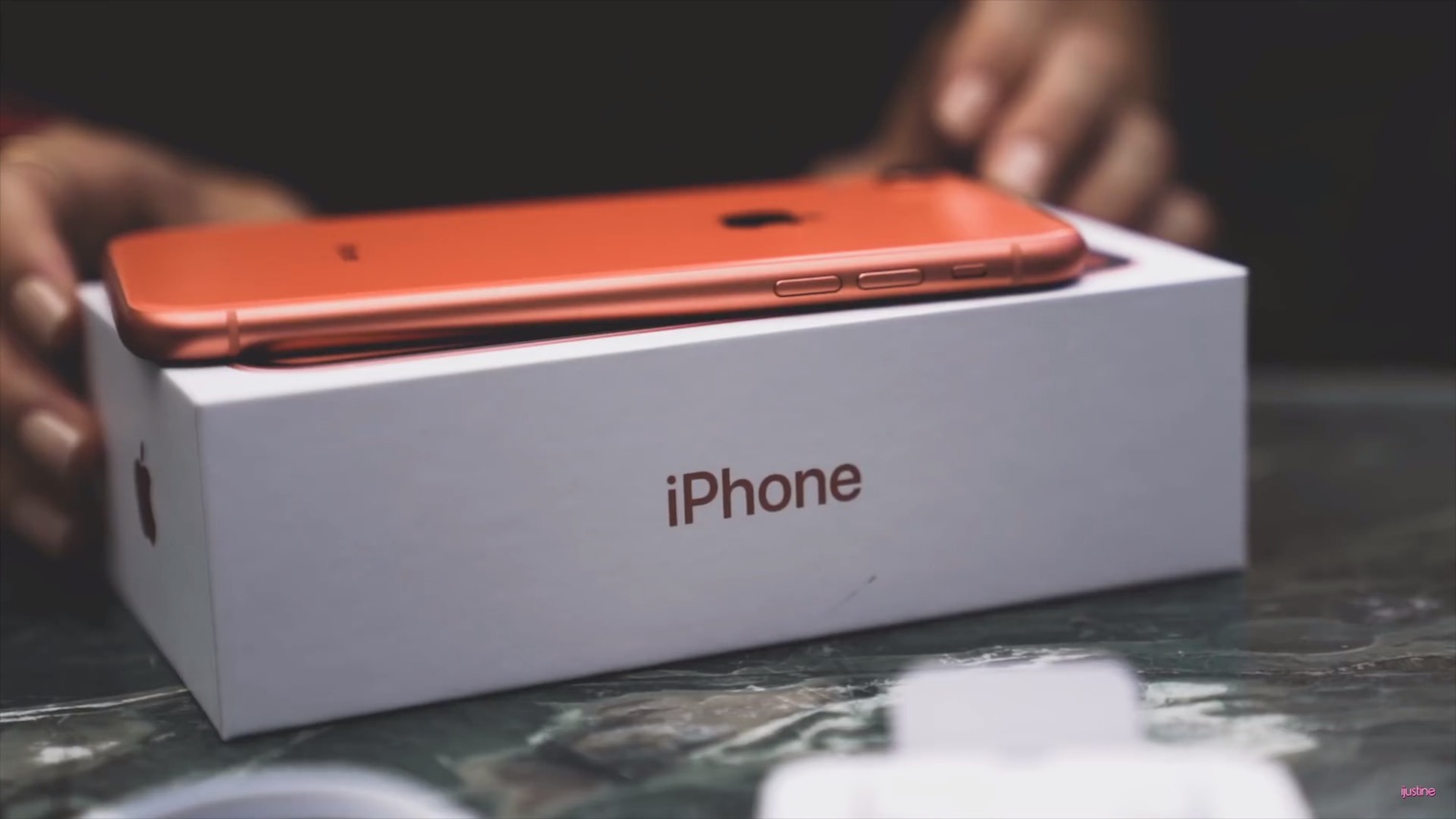The iPhone SE ushered in an era of cheaper but still very powerful iPhones for those who didn't mind making a few compromises for a lower selling price. These "cheaper" iPhones are doing better and better every year, and in the current situation of flawless models, it begs the question of where this segment will go next and if it is even possible.
It could be interest you

When Apple introduced the iPhone SE, there was a huge wave of excitement. A very compact smartphone for the time, which shared a lot of components with the current flagship 6s, attracted a huge mass of people and became an iconic model within a few years. And to such an extent that exasperated users lament the absence of a bona fide successor every year. In addition, it was a perfect move on Apple's part, thanks to which the company was able to get rid of older components, while still earning something from them.
The iPhone SE was the "cheap" iPhone for three years. While neither the iPhone 7 nor the 8 received their cheaper versions, with the arrival of the iPhone X, Apple once again muddied the waters with a "cheaper" model. And although the iPhone XR was initially mocked (especially by the professional public and various influencers), it became a sales hit.
Apple once again applied the tried-and-tested formula, which is to offer users slightly worse specifications than the flagship, at the same time lower the price a little, and success was ensured. And it was a deserved and logical success. The iPhone XR was the iPhone that in the end would be more than enough for the vast majority of users. As it gradually turned out, the vast majority of them could not recognize the finer and better quality OLED display from the rougher and slightly lower quality LCD. Not to mention the lack of 1GB of RAM. In addition, the differences between the iPhone XR and X were significantly smaller than the differences between the SE and 6s three years earlier. The XR model became the best-selling model for several months, and it was clear that Apple would repeat the formula again.
It could be interest you

This is what happened last September, and next to the flagship models 11 Pro and 11 Pro Max, there was also an "ordinary" iPhone 11. And as the latest data suggests, it was again an absolute blockbuster that led iPhone sales in the last quarter of last year . Just like the year before, in this case too, the iPhone 11 is the iPhone that should be more than enough for the vast majority of users. The only difference is that this year's "cheaper" iPhone is even more similar to the flagships. In terms of hardware inside, the two models only differ in battery capacity, camera configuration and display. The SoC is the same, the RAM capacity as well. Reviewers of the "eleven" sing all praises, and again the question arises as to why many people buy the more expensive Pro model. Is it an image or a demonstration of social status? The vast majority of ordinary users do not know the difference, or simply cannot use the additional capabilities/functions. In connection with this, the question arises as to how it will be this year.
It could be interest you

Cheaper and flagship iPhone models have become increasingly similar in recent years. It can be expected (and there is a lot of talk about it) that Apple will continue to maintain this strategy, and this year we will see several models. However, apart from the expected 5G support (which will probably be one of the main drivers of the more expensive models), there are not many places where you can make any significant savings. Personally, I see it as Apple will finally deploy a ProMotion display with 120fps support for the more expensive models this year, while the cheaper iPhones will either get a classic and cheap LCD or some cheaper OLED panel. In terms of hardware, the models will be identical, as Apple has already demonstrated with the current generations. Recently, there has also been a lot of talk about the fact that more expensive models should also include richer accessories in the package. The cameras will also be different.

For obvious reasons, iPhone product lines will vary. The good news, however, is that the cheaper models are no longer just the more affordable alternative with some compromises to consider. Cheaper iPhones are getting better every year, and at this rate we'll get to the point where investing in a more expensive model will really be worth considering. So the question is not whether the new cheap iPhones will be good, but how much better the more expensive ones will be and whether the difference will be worth it.
"begs the question as to why so many people are buying the more expensive Pro model..."
Is it because the 11Pro is smaller and has a telephoto lens, a fast charger and a better display with smaller bezels? It's a fact that it's not much extra for 8000, but some things are not worth the money. For example, when an ultrawide is good for you, but you want a telephoto lens and the 11 simply doesn't have it.
"why many people buy the more expensive Pro model"
Significantly better camera and smaller dimensions.